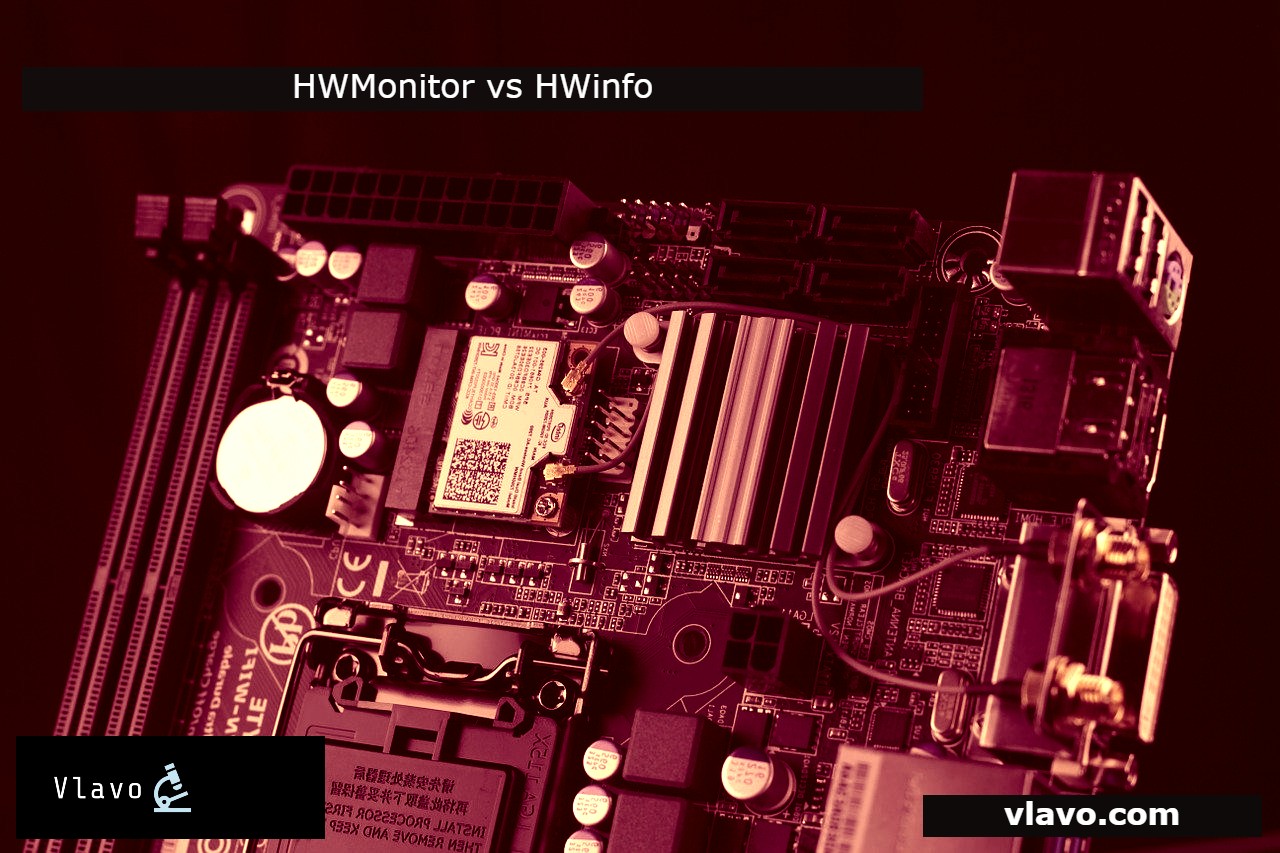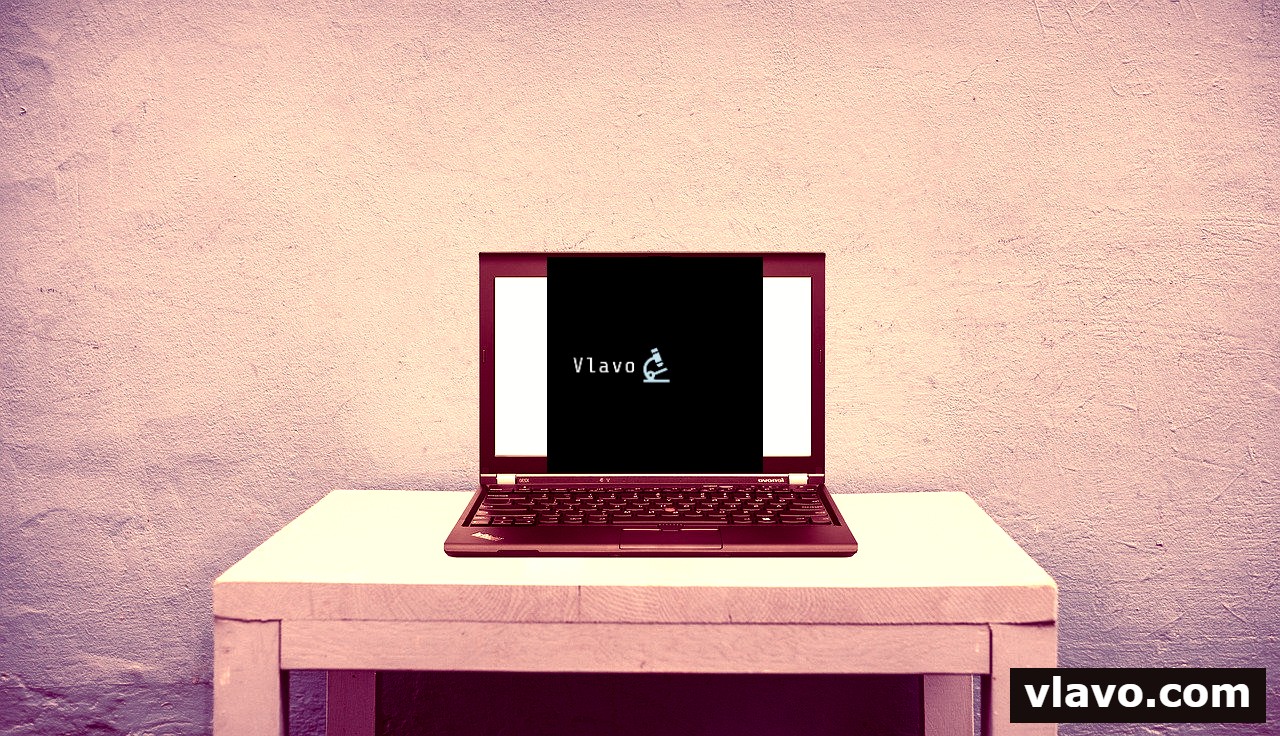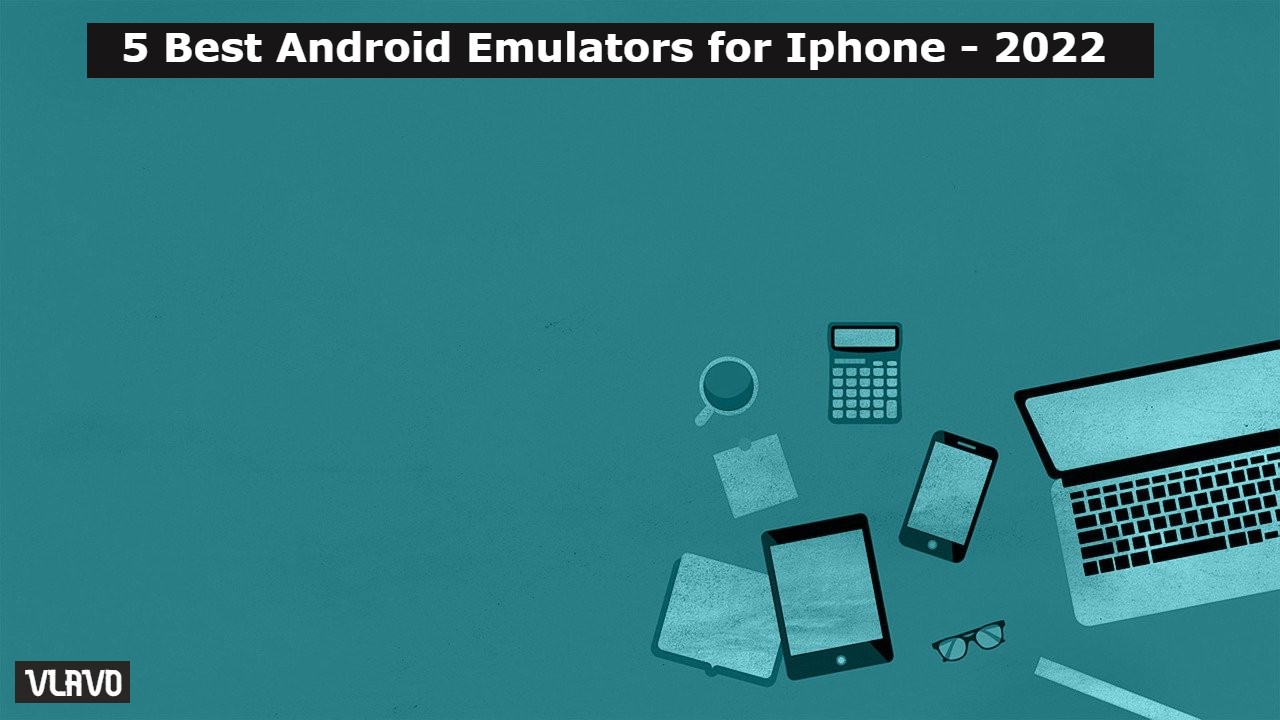Picking between a laser and an inkjet printer was easier a few decades ago. Laser printers were once thought to offer lower printing prices but required a greater up-front hardware investment, whereas inkjet printers ruled the world of color and photographic publishing. With both technologies upping their game, selecting the perfect printer for your home or small business has become a little more complicated, depending on your demands. Thankfully, both inkjet and laser technologies have progressed greatly in recent years, so you'll be delighted with any option. Here are five factors on which we will compare inkjet vs laser printers for photos.
Printing Speed
 |
| Source: HP |
Laser printers have long been regarded the speed champions, but thanks to advancements in printing technology, inkjet printers have rapidly caught up to their competitors. Cheaper inkjet printers, especially those built for travel, are frequently slower than more expensive laser printers. The speed of these printers is typically eight to ten pages per minute, but bigger inkjets on the premium side suited for corporate use are significantly faster.
HP's new HP PageWide Pro 452dn is an example of a fast inkjet printer that beats laser competition in terms of printing speeds and prices, but comes at a higher price than standard household inkjet printers. The printer is capable of printing 55 pages per minute, thanks to HP's PageWide printing technology. The nozzle on a moveable print head in standard inkjet printers must move back and forth to cover the entire paper width, but with PageWide technology, the static nozzle does not need to move back and forth in order to cover the entire paper width. The printer costs $700 and is likely out of reach for most families, but it is an excellent example of how inkjet printers are catching up to laser printers in a variety of ways.
Printing speeds of up to 15 pages per minute are still possible with more typical home inkjet printers, such as HP's $250 Envy Inspire 7900e, which is more than suitable for most modest print projects. HP's LaserJet Pro M283 Color, on the other hand, costs almost twice as much and is half as fast. HP's OfficeJet Pro 9025e, an inkjet printer geared for the office and capable of printing up to 24 pages per minute, is a more direct comparison to the LaserJet Pro. This illustrates that when it comes to speed, laser printers aren't always faster than inkjet printers.
Photo printing
 |
| Source: Canon |
Inkjet printers are better at blending colors because they use ink to generate pixels on paper. This results in improved tone range and detail rendering, resulting in more dynamic and vibrant photos. Glossy picture paper will also improve the photo rendering capabilities of an inkjet printer, resulting in more vibrant colors and finer details. Inkjets, on the other hand, have smaller ink cartridges than laser toner drums, which means they will cost more to replace over time.
Laser printers have recently caught up to their inkjet counterparts in terms of photo-quality prints, thanks to developments in printing technology. Professionals may prefer inkjet printers, but sophisticated laser printers will be more than sufficient for families and small businesses that do not prefer to spend on two printing systems. There are specifically designed photo papers, ranging from matte to glossy, that will operate with lasers and can withstand the heat utilized in the printing process, just as there are for inkjets.
Systems like Canon's imageCLASS MF644Cdw, one of our top color laser printer picks, are appropriate for a wide array of color print tasks making it a resourceful addition to any business. Even though a color laser printer will save you money on per-page printing costs – laser printers are usually more expensive up front, and toner for each color (black, cyan, magenta, and yellow) is more high-priced to replace than inkjet cartridges but will a lot longer – they are usually bulkier and take up more space than a traditional inkjet, such as Canon TS9120 Wireless.
The advantage of inkjet printing is that it allows for borderless prints. Wide format inkjet printers can also print gorgeous pictures and portraits in sizes greater than the standard 8.5 x 11-inch size used by most laser printers. There are speciality inkjet printers for printing on a range of media, including vinyl, on the professional market.
If you only print once in a while at home, an inkjet printer, especially a multi-function inkjet printer, may be the ideal choice because it balances price, printer size, and performance. For the greatest performance, buy a photo inkjet printer that accepts at least four distinct ink cartridges. The increased ink colors give more dramatic range to your images, and more advanced models can support six cartridges and more. Use photo archival paper customized for your printer if you want your photos to last a long time. Canon and Epson both make their own picture paper, which comes in three different finishes: semi-glossy, glossy and matte, and is designed in such a way that it can last anywhere up to 100 years without any signs of fading.
Document printing
 |
| Source: HP |
While home users may require a printer that can print photos, small businesses may require a printer that can print text. Previously, inkjets were thought to be the better option for photographs, whereas laser technology is better at handling text, especially tiny characters. The distinction is no longer as clear, and both technologies are adept at handling a wide range of print jobs.
Choose a multifunction, or all-in-one, printer with duplexing features if you need a proficient printer to handle documents ranging from invoices to tax forms and the general Internet-based research.
These printers can print, scan, copy, and maybe fax, and those that feature duplex printing or copying will save you time and paper by allowing you to print or copy on both sides of the page. Even if you choose a printer without a scanner on top, many current printers come with a companion app that lets you scan documents by taking a picture with your smartphone's camera.
Despite the fact that inkjets have caught up to lasers in terms of being able to generate fine text even at small font sizes, we still recommend using a laser printer for your document printing needs, especially if your print jobs are modest.
The simple reason for this is financial constraints. Although laser printers are more expensive to purchase, the cost-per-page is lower. Toner drums in laser printers are more expensive to replace than inkjet ink cartridges, but they last longer and need to be replaced less frequently. This is a win-win situation for both your wallet and the environment.
HP's Neverstop Laser 1001nw is a great option if you require a simple black-and-white printer for document printing. This printer can print at a pace of 21 pages per minute, and the toner is good for 5,000 pages.
The biggest disadvantage is that it can only print in monochrome, which means that colorful documents, flyers, and other printables that a small business might need in color will not be compatible with this gear.
A monochrome printer, on the other hand, is a bad choice for home use, as you may need color printouts from time to time. In this case, an all-in-one inkjet may be a better choice, and if cost is a factor, an inkjet with refillable ink tanks may be a better option.
Instead of using throwaway cartridges, these printers have tanks that you can refill with more cost-effective bulk ink purchases, saving you money and helping the environment! Tank printers, such as Epson's EcoTank ET-2850, are about the same price as a regular laser printer, but they combine the ink economy of a laser printer with the color features of an inkjet printer in a handy design, making them perfect for households and small offices.
A laser printer may be the finest option if you work in an atmosphere where you need to archive your documents. Lasers are the favored choice for this application due to their crisp text rendering and resilience to smudge and fading.
Ink Economy
 |
| Source: Epson |
Ink is the second most essential cost after purchasing your printer. The cost of ink determines your per-page print cost, which you can figure by dividing the cost of the ink toner or cartridge by the yield, or the number of pages that may be printed before the cartridge needs to be replaced. Laser printers are typically the most cost-effective in terms of ink because a single toner can last for several years if you only print once in a while — for example, HP's Neverstop Laser 1001nw's toner can last for up to 5,000 printed pages. Laser toners, on the other hand, require a pricier initial investment and are more pricier to replace.
Laser toners typically start at around $50 for residential printers and can cost several hundred dollars for business printers. However, if you own a color laser printer, you'll need to multiply your toner expenditure four times because you'll require a black toner and three different toner drums. For monochrome jobs, laser printers have an average cost of under $0.05 per page, whereas color jobs cost between $0.10 and $0.20 per page. Inkjet cartridges are less expensive to buy, and depending on your printer type, you may need to buy multiple black and color ink cartridges.
However, because the cartridges are so small, you'll run out of ink considerably faster, necessitating more frequent ink refills. As a result, inkjet printers have higher per-page printing expenses than laser printers.
Both inkjet and laser printers come with big, extra-large (XL), or high yield printer toners and cartridges if cost is an issue. These high-yield cartridges are more expensive than ordinary cartridges, but they will last longer and have a higher cost-per-page yield, making them ideal for workplaces with larger print workloads.
If you're a home printer who only prints once in a while, you can be tricked into accepting an inkjet printer's greater cost per page. Keep in mind that inkjet cartridges, which employ liquid ink or pigments, might dry up over time if not properly handled. If your cartridges have dried up, your yield will be significantly reduced. Laser toner, on the other hand, arrives in powder form and is considerably easier to ship and store. It also lasts a long time. Most manufacturers have combated inkjet's short fuel reserve with improved tank-based printers for frequent printers to assist keep your cost per page low.
These refillable tanks combine laser ink efficiency with inkjet printer reliability, quality and color rendering. A printer with a tank, for example, Epson EcoTank ET-2850 may be your best option if you're concerned about per-page print prices. These printers, especially for home users, are versatile enough to handle a wide range of activities, including color photo printing.
Printer size
 |
| Source: HP |
Because printing technology determines the size of a printer, inkjets are your best bet if you require a compact printer. Inkjet printers have benefited from shrinking in recent years, with smaller print heads and compact cartridges, and advances in design technology and design have allowed manufacturers to build portable printers appropriate for travel. Many of the portable printers come with a rechargeable battery, so you won't have to fret about running out of power when printing. Because of the technology used to miniaturize the internal components, portable printers like the HP OfficeJet 250 will be more expensive, and smaller ink cartridges will need to be replaced more frequently, resulting in higher operational costs if you're on a tight budget.
However, if you print seldom and live in a dorm room or a smaller apartment, these printers are excellent tools for the job. The Tango X from HP is an excellent example of a small printer that is meant for home use and can blend in with your décor.
Because laser printers require thicker toner drums, thermal elements and a laser to print, they are often larger than inkjet printers. Both types of printers come in an assortment of sizes. If you need printing as well as scanning, these printers will be larger to handle either a built-in flatbed scanner or a document feeder which is automatic, the latter of which can be quite useful for scanning a stack of paper fast.
Summary: If you need to save space, an inkjet printer is the way to go.
Our verdict
The type of printer you need is determined by your document requirements. If you need to print images, inkjets are the superior option, and picking a machine that supports multiple ink cartridges will result in photos with greater dynamic range and tonality, but at the penalty of needing to buy and replace more ink. A monochrome laser printer can't be matched for speed, size, and value if you require a printer for quick document demands, printing tax forms, and creating hard copies of contracts.
Most home users, on the other hand, will certainly prefer inkjet printers over color laser printers since they are more compact and adaptable. Color laser printers, on the other hand, are shedding their weight, and a few recent types may also be used as picture printers when used with special photo laser paper that can survive the heat generated by laser printing. These machines are a little larger, and when equipped with a scanner, automatic document feeder, and wireless connectivity, they make for an excellent document workhorse for home offices and small enterprises.
When selecting a printer, you should think about both the printer's initial cost and the long-term cost of printing. Inkjet printers are normally less expensive upfront than laser printers — but more powerful versions of both technologies are now priced similarly — and inkjet cartridges are cannily less expensive than laser toner. However, due to fact that the cartridges last a shorter time, you'll get fewer prints from each one, necessitating more periodic replacement.
Laser printers have greater initial costs for both the toner and printer hardware, but each toner has a higher yield, resulting in a lower per-page print cost. To determine how much a print will cost, multiply the cartridge price by the number of pages each cartridge or toner will produce depending on the manufacturer's estimated yield per cartridge. If you're on a tight budget, a laser printer or a tank printer for inkjet lovers may be a better option.
We do hope that you have enjoyed reading this post on Inkjet vs laser printers for photos. If there is any other factor that we missed taking into consideration, do let us know in the comments section. Stay safe!
Recommended reading:
Top rated laser printers in 2022
Top rated color laser printers in 2022











0 Comments